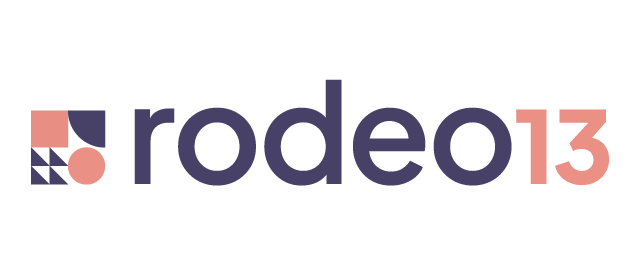2025 is just around the bend, and you’re probably already knee-deep into planning your content calendar for the upcoming year. Wondering how to do it efficiently and effectively? Fear not! We're here to supply you with some top-notch tips to make your 2025 content calendar stellar.
Outlining the content you plan to create helps you organize your marketing efforts, align your content with your business goals and target audience, and ensure a consistent flow of content. Here are a few steps to help you get started:
1. Know Your Audience Inside Out
Begin by developing a deep understanding of your buyers. Who are they? What challenges do they face? Dive into their world to understand their pain points, interests, aspirations, and fears. Use social listening tools, conduct surveys, and keep your pulse on the market to create detailed personas. Your content should act as a bridge that connects their needs with your offerings, speaking directly to their goals and addressing their challenges.
2. Establish Your Content Pillars
Content pillars are the thematic backbones of your strategy. Identify key topics that align with both audience needs and industry trends. These pillars will guide your content creation process, ensuring a cohesive strategy that doesn’t waver with passing trends. Utilise tools like Google Trends and industry reports to keep your content fresh and relevant, making sure each piece serves a purpose within these broader themes.
3. Unleash Your Creativity
Let the idea storm begin! Write down every conceivable idea, from blog titles to video concepts. Remember, there are no bad ideas at this stage, it is the time to let creativity flow without borders. The important thing here is to keep your buyer personas top of mind and make them feel truly understood and seen.
4. Pick Your Formats
Evaluate format options considering what suits the idea best and what bandwidth you’ll have throughout the year. Whether it’s an insightful blog, an engaging podcast, or a captivating infographic, choose formats that align with your content goals and resources. Consider the preferences of your audience, too, of course - are they more inclined to consume video content, bite-sized social media updates, or in-depth written pieces?
5. Craft a Strategic Plan
With a robust set of ideas and formats, it’s time to map out a strategic plan. Create a visual timeline covering what, when, and where each piece of content will be published. Incorporate key events, holidays, and industry-specific dates, and leave some “open dates” in case you want to hop on a new trend or comment on any relevant happenings. A simple Excel can help you visualize this, and you can also use project management tools like Notion, Monday, Trello, and others. Consider the platforms where your audience is most active, and if there are any industry publications in your niche that they frequently read. Contribution to these may give you an extra brand awareness push!
6. Keep a Steady Content Flow
We at Rodeo13 talk a whole lot about consistency–we firmly believe it forms the backbone of a winning content strategy. Develop your content rotation so it keeps your audience engaged without overwhelming them. Take the pressure off and batch-draft and batch-schedule as much as you can. Automate anything that can be automated reliably.
7. Measure and Adapt
Keeping track of metrics is crucial. Set key performance indicators (KPIs) that reflect your content goals - be they engagement rates, traffic, or conversions. Make use of tools such as Google Analytics or Hubspot and regularly analyze data to discern patterns: what’s working, what’s not, and why. Listening to these insights allows you to tweak your strategy so you remain agile and effective in your approach. Don’t fall for vanity metrics, though!
8. Recycle and Repurpose
Give your existing content a second life by adapting it into new formats. Transform a well-received blog into a dynamic video, an infographic into a shareable LinkedIn carousel, or a podcast into a series of detailed articles. This not only extends the reach of your existing content but also maximizes ROI by extracting more value from existing resources.
Remember, a content calendar is a tool that is meant to help you stay organized, consistent, coherent, and remembered by your audience. As you craft your strategy for 2025, keep these steps in mind to make the process smoother and more effective!
And if you ever feel stuck or need help, we’re here to help!
